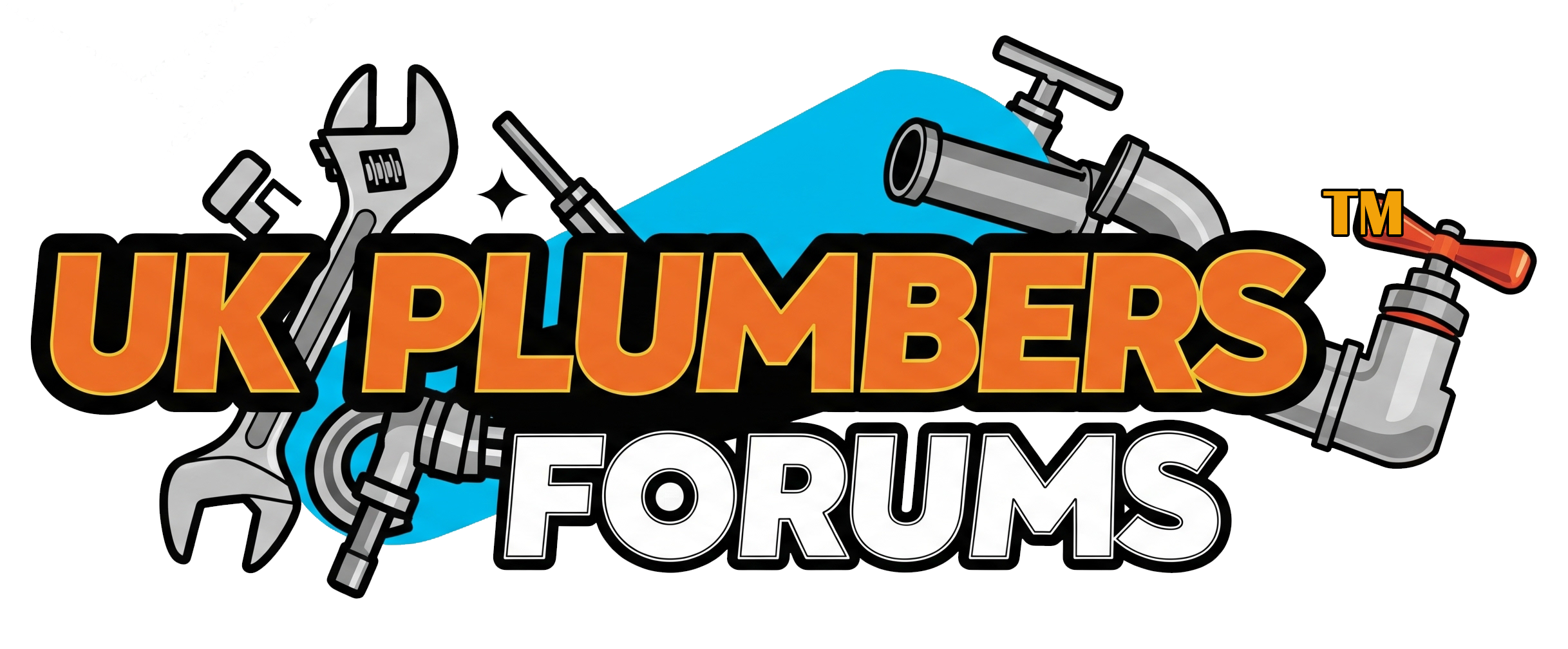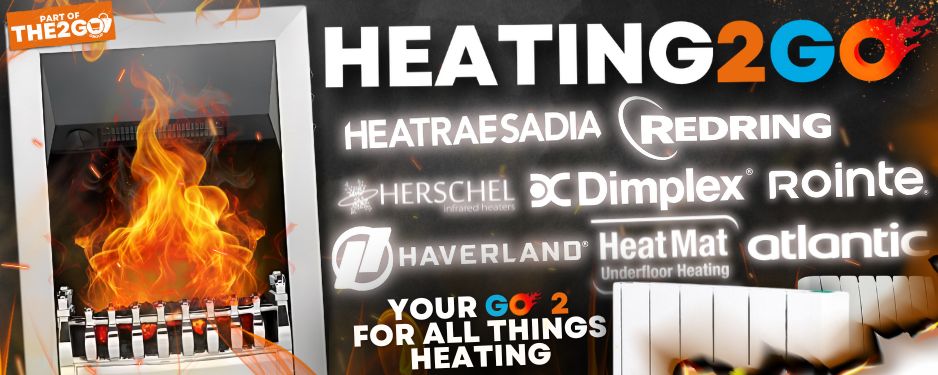Anyone got any tips on identifying a one pipe system?
While quoting you cant start lifting floorboards for obvious reasons.
I went to do a quote last night, they want an open vent/heat only boiler and cylinder changed for a combi and TRVs added, 3 bed 10 radiator house.
First thing I noticed was a 28mm flow and return for heating and the first radiator from the boiler had 15mm tails coming up through the floorboards but the tails were joined together with 15mm under the radiator creating a bypass.
Everything else on show looked like a standard setup.
While quoting you cant start lifting floorboards for obvious reasons.
I went to do a quote last night, they want an open vent/heat only boiler and cylinder changed for a combi and TRVs added, 3 bed 10 radiator house.
First thing I noticed was a 28mm flow and return for heating and the first radiator from the boiler had 15mm tails coming up through the floorboards but the tails were joined together with 15mm under the radiator creating a bypass.
Everything else on show looked like a standard setup.


